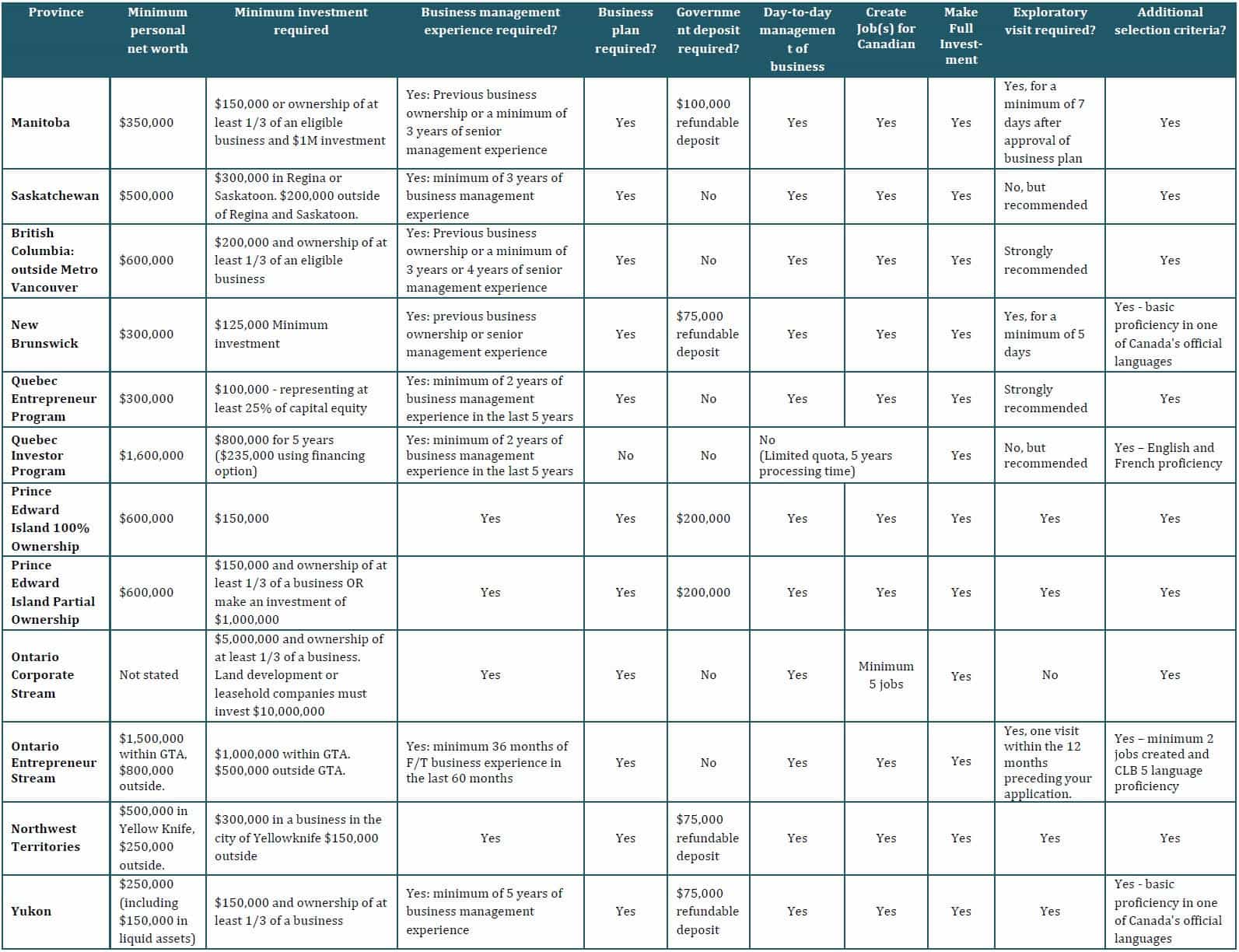Canada to increase provincial immigration by 66% in 2026
The federal government has set a target for 91,500 permanent resident (PR) admissions through the Provincial Nominee Program (PNP) in 2026, an increase from last year’s target of 55,000 admissions—marking a positive shift for PNP candidates across Canada.
The Immigration Levels Plan announces admission targets for the coming year, along with notional targets for the following two years.
Assess your eligibility for enhanced PNP streams
Two years prior, the federal government halved permanent admissions targets for the PNP by 50%. For 2026, they’ve nearly doubled targets, increasing provincial immigration by 66%—and 67% for 2027, compared to targets announced the year prior.
Provinces can create and define their own provincial immigration streams, giving them the power to nominate individuals with select skills or talent that may otherwise not qualify for Express Entry.
What does this increase in PNP targets mean for candidates?
Due to the fact that most PNP streams select candidates who have worked or studied in their province, this increase in nomination allocations may impact PNP candidates who are temporary residents (work permit and study permit holders) in Canada the most—allowing them to more easily transition to PR.
PNPs are an excellent alternative to Canada’s Express Entry system for candidates seeking PR, who don’t have high Comprehensive Ranking System (CRS) scores or speak proficient French.
For example, post-graduation work permit (PGWP) holders (former students who have graduated and transitioned to work status) may benefit from these changes as they are often among the most eligible candidates for PR.
In addition, PGWP holders who receive a nomination and apply for PR can benefit from a bridging open work permit (BOWP)—allowing them to maintain valid work status, while awaiting a decision on their PR application.
Who does this impact the most?
The PNP may be a favourable alternative to other PR streams for candidates who:
Lack high enough CRS scores to meet anticipated cut-off scores for draws under Express Entry;
Do not qualify for the Canadian Experience Class (CEC);
Are in lower-skilled occupations (NOC TEER 4 or 5);
Are seeking PR through specific provincial business or entrepreneurship streams;
May be seeking PR from outside Canada; or
Are international student graduates who have studied in the province they are seeking a nomination from.
Expanding provincial nomination allocations also supports employers facing labour shortages. With the federal government removing additional CRS points for arranged employment from Express Entry in 2025, the PNP is important for employers who are looking to retain foreign workers as employees.
Assess your eligibility for enhanced PNP streams
How provincial nominations are determined from IRCC landings targets
Admission targets are not the same as ITAs or nominations. Instead, they detail how many people Canada expects to welcome.
To meet PNP admissions targets, IRCC assigns each province an annual nomination allocation — this is the number of applicants that province can nominate under its PNP each year.
Allocations often translate to deferred admissions due to PR application processing times.
An increased nomination allocation gives provinces the ability to invite more candidates for PR through provincial draws.
It’s important to note that the number of ITAs is usually higher than the number of nominations to take into account refusals, or invalid applications.
PNP trends in 2025
In the previous Immigration Levels Plan (2025-2027), the federal government cut admission targets by half, in comparison to the previous year.
YearImmigration Levels Plan 2025-2027 (target published 2024)Immigration Levels Plan 2024-2026 (target published 2023)
202555,000120,000
202655,000120,000
202755,000—
As a result, this had a downstream effect on the province’s individual allocations in the beginning of January, with most provinces and territories having their allocations for the year halved.
To adhere to these specifications, provinces and territories introduced changes to their PNPs, pausing and discontinuing some streams, or choosing to only process or accept applications from candidates in specific sectors or occupations.
Some changes include:
British Columbia suspending the opening of three new graduate streams and wait-listing International Post-Graduate applications received after September 1, 2024.
Nova Scotia prioritizing applicants working in healthcare, social assistance, and construction who have work permits expiring in 2025.
Prince Edward Island prioritizing skilled workers in healthcare, trades, and childcare, as well as other key industries facing labour shortages.
New Brunswick prioritizing workers in health, education and construction trades, and stopping the acceptance of new Expressions of Interest for the New Brunswick Strategic Initiative stream
Saskatchewan limiting the recruitment of workers from overseas, unless they belonged to the healthcare, agriculture or skilled trades sectors, and introduced a 25% nomination cap for candidates in transportation, retail and accommodation and food service sectors.
Since January, most provinces and territories (except Ontario and Prince Edward Island) have negotiated higher nomination allocations with the federal government – highlighting demand to address local labour market needs.
About the Provincial Nominee Program
Launched in 1998, Canada’s PNP was created to distribute immigration’s economic benefits beyond the country’s largest metropolitan areas.
It is the second most popular pathway for skilled workers after Express Entry.
There are two nomination routes. Base streams operate outside Express Entry. Candidates are invited to apply to a provincial stream; if nominated, they submit a separate PR application to IRCC.
Enhanced streams are linked to Express Entry. Provinces select candidates from the federal pool and issue nominations which add 600 CRS points, effectively ensuring an ITA in a subsequent draw. Both routes require meeting provincial criteria and federal admissibility standards.















